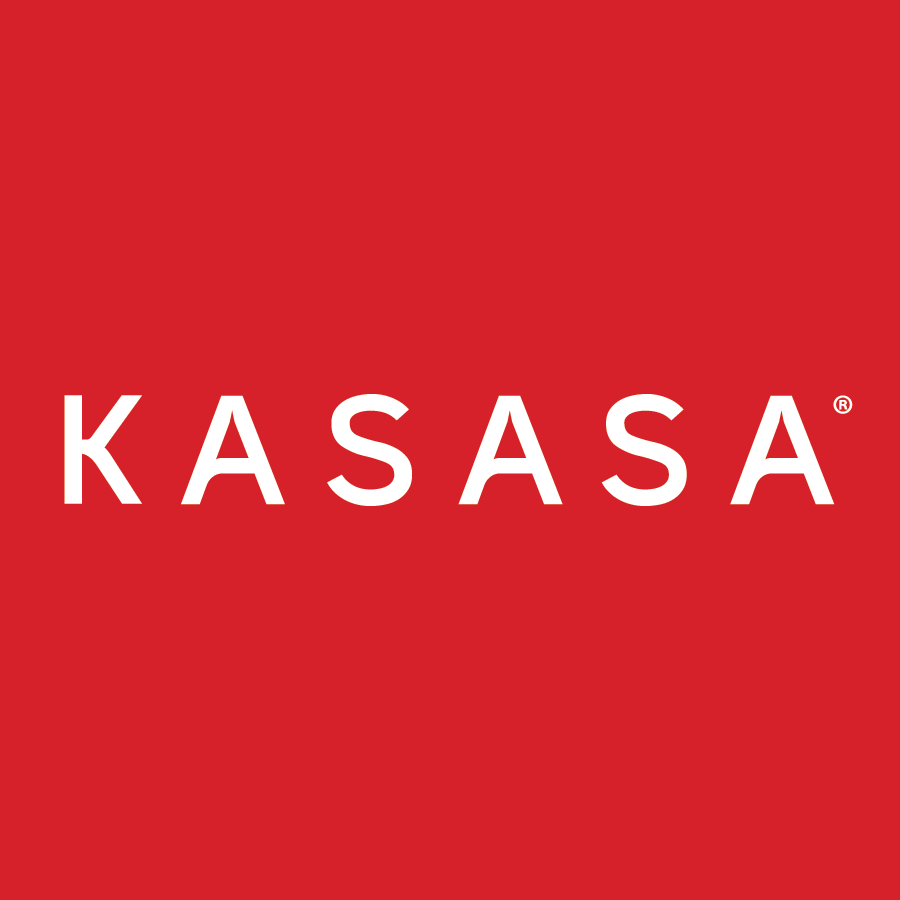It’s a new reality in the banking industry. The competition for deposits is an ongoing challenge that doesn’t look to be easing up anytime soon. To make matters even worse, big-name brands have entered the fray. Major players that weren’t there five years ago are now competing for deposits — and they have deep pockets to gobble up consumers.
Whereas traditional solutions such as offering high-yield CDs may have worked in other eras, today’s unprecedented circumstances call for a very different approach if you want to create real growth. A compelling checking account rate can certainly help you attract these consumers to your institution. However, we first need to understand the true cost of offering that higher rate vs. the reward.
So, let’s take a deeper look.
We all received the same lecture on the first day of banking school, and it started with the professor writing three large letters on the freshly cleaned blackboard: COF.
For good reason. Without a sharp eye on Cost Of Funds (COF), banks and credit unions can expose themselves to interest rate risk (among many other pitfalls), with likely detrimental long-term effects. If this funding gap crisis has taught us anything, it’s how quickly the cost of bringing in deposits can rise, how out of balance it can get, and how that can affect profitability. So, although you may see an increase in deposits, you’re actually experiencing what’s called phantom growth.
The world has changed, and prevailing rate environments are no longer the singular driving force. That said, there remains a significant opportunity on the deposit side that will ultimately enable greater control of that funding cost.
COF will always fall short when assessing the true cost for banks’ or credit unions’ most common deposit products: checking accounts.
A data-driven cost comparison reveals that a Kasasa Cash promoted rate of 5.00% would likely result in a COF of something near 2.62%, give or take 25 basis points. To have a higher COF than the leading competitor CDs, an institution would need to promote something close to 8.00% for Kasasa Cash to have a higher COF than the leading 3-year CD promoted rate.
And when you take into consideration the non-interest income from the healthy debit card activity required for account holders to receive the promoted rate, and the non-interest expense, you get a true total cost of deposits of 1.65%.
Clearly, basing strategic funding decisions on COF alone is painting an inaccurate picture.
Introducing Cost Of Deposits (COD):
Cost Of Funds works well for deposit products like savings accounts, money market accounts, and CDs because there’s little non-interest expense or income in these accounts. As we just saw, the same isn't true for transaction accounts. COF only accurately accounts for the interest expense associated with those accounts. However, those same accounts also have non-interest expenses and generate non-interest income, which can dramatically change the math — and is easily buried in the balance sheet and not properly associated with these deposits.
Consider a free checking account; while it has a 0% cost of funds, there are a number of marginal expenses that must be considered — processing checks, sending statements (especially if they’re paper), core fees — along with whatever club account features or free toasters you may add in an attempt to differentiate. But there are also sources of non-interest income, mostly debit card interchange and overdraft revenue. When you look at this whole picture — interest expense, non-interest expense, and non-interest revenue — you are now looking beyond COF and seeing a holistic view of the under-reported (and grossly under-utilized) metric referred to as Cost of Deposits (COD).
Cost of deposits = (non-interest income) - (interest expense + non-interest expense)
A lot of revenue and expense flows through non-interest-bearing checking accounts that never impact the 0% COF. Reliance on COF means many institutions lack visibility into these numbers because most (if not all) of these sources are reported and tracked en masse across the entire deposit suite. This makes it virtually impossible to assign marginal expenses and revenues to individual product types and can ultimately lead to poor strategic decisions.
Creating stickier, more engaged core deposits.
There is a path forward that lessens your sensitivity to the prevailing rate and bolsters your balance sheet. While deposits and low-cost liquidity are important, institutions also want a relationship that stays longer and adds more products. High-yield checking account holders tend to be more active and engaged — they’re not likely to jump ship from your institution every time they see a better rate. They also perform behaviors that lead to increased non-interest income and real growth like:1
- 6x higher average balances per account
- 45% more non-interest income
- 2/3 less reliance on expensive CDs
Do better than Cost Of Funds
While standard free checking accounts may have their place in some retail portfolios, in this current environment, the fundamental performance of high-yield checking offers a three-fold benefit: new deposits with more engaged consumers, demand deposit accounts that generate profit prior to being loaned back out, and an exceptional spread when they do get loaned out.
Transaction accounts are relatively new compared to the long history of banking. Overdraft and interchange revenues are even newer. Accurately measuring these factors into cost of deposits just hasn’t become mainstream.
COD may not appear in the banking textbooks today, or even next year, but it’s clear that relying solely on COF will cause you to overlook a massive revenue stream that comes with high-yield checking accounts.
To learn more, be sure to download the eBook — Creating real growth in the funding gap crisis.
Kasasa Analytics, 20231.



